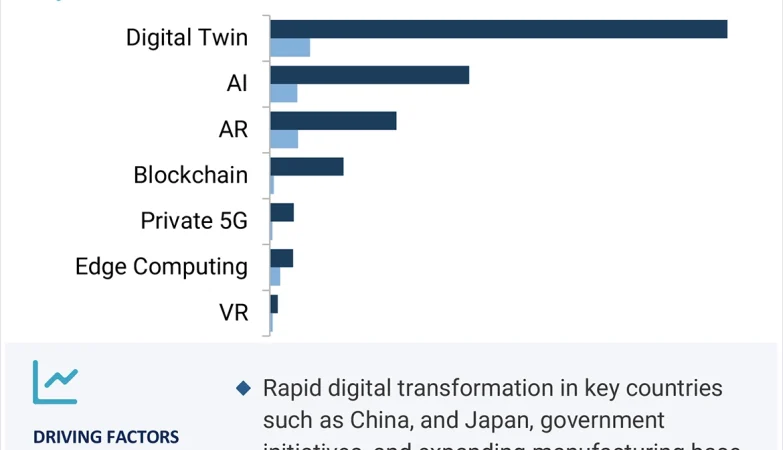Cross-border banking is an increasingly important part of global economic activity. This new form of financial integration has many positive attributes, such as enhanced competition and economic growth. However, it also raises some significant challenges that should be addressed by regulators. Rather than resorting to increased protectionism, they should explore new forms of cooperation.
While this type of banking is essential for the growth of global economies, it is not without its problems. For one thing, cross-border banking transactions are often slow, opaque, and costly. In fact, in the last decade, financial firms have been penalized an estimated $342 billion for needlessly high operational costs. Furthermore, these costs have prevented them from taking advantage of important commercial opportunities.
The concentration of cross-border banking links is particularly high, with a few large country-level links dominating the entire industry. Specifically, five major creditor countries account for 55% of the total volume of cross-border bank credit. Although this figure has decreased in recent years, it still represents a high percentage of the global cross-border banking network.
The concentration of cross-border banking is measured using the Herfindahl-Hirschman index (HHI), which measures the concentration of credit in one country relative to others. Nevertheless, LBS may underestimate the concentration of bank creditors. This is because one banking group may be active in multiple countries at the same time. In such cases, the BIS consolidated banking statistics take a nationality-based perspective, consolidating worldwide claims to the country of headquarters.
International banks provide accounts to their counterparts and have their own accounts with them. This enables them to make payments in foreign currencies. These payments don’t involve moving currency physically across the borders. As long as the two banks have a mutual correspondent bank, both banks use it to transact. This type of banking is an essential component of the international payment system.
Some Canadian banks offer cross-border banking services. For instance, RBC offers secure U.S. banking for over 400,000 Canadians. The company also has cross-border experts who can help you navigate the process. The process is simple and convenient. With the help of a debit card, you can also use ATMs in the U.S.
Cross-border banking strengthens interdependence between countries. This type of banking allows a bank or group of banks to take advantage of economies of scale and lower costs in another country. As a result, cross-border banking is growing in different regions around the world. It has increased rapidly in Europe and the Pacific region over the last decade.
TD Bank offers cross-border banking services. For example, Canadian residents who earn in the U.S. can open a Canadian bank account with TD Bank. These accounts allow them to store U.S. dollars and pay bills with an optional credit card. This option is convenient for those who earn in the U.S. and travel to the U.S. frequently. The bank also provides a debit card, which is useful when they want to make purchases in the U.S.






